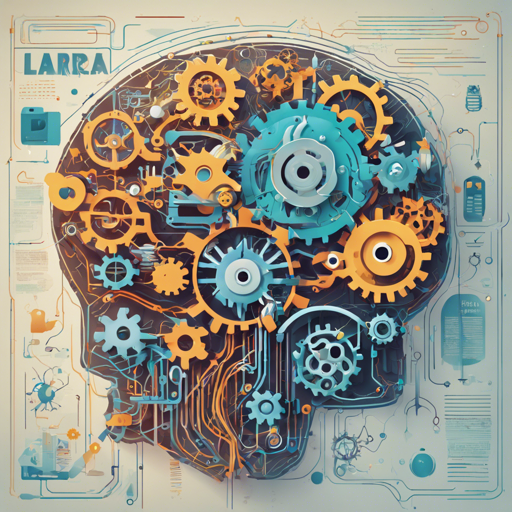In the fast-evolving field of artificial intelligence, meta-learning has emerged as a beacon of innovation. It embodies the idea of teaching machines to learn more effectively from specific tasks, significantly enhancing their ability to generalize knowledge across various domains. This blog post dives into the fascinating concepts of one-shot learning and lifelong learning, showcasing the legacy of influential papers that laid the groundwork for this transformative approach.
Understanding Meta Learning
Meta-learning, often referred to as “learning to learn,” enables a model to adapt to new tasks with minimal data. Imagine a brilliant chef who, after mastering the techniques of French cooking, quickly learns to prepare Japanese dishes with just one tutorial. This chef, like a meta-learning model, applies foundational skills to new contexts efficiently and effectively.
Core Concepts
- One-Shot Learning: Just as our chef can prepare a new dish after only one lesson, one-shot learning allows AI models to recognize objects or patterns after a single example. It leverages previously acquired knowledge to make rapid inferences.
- Lifelong Learning: Like a culinary master who continually adds to their repository of recipes, lifelong learning refers to the ability of AI systems to incrementally acquire knowledge over time. This means refining existing skills while learning new ones.
Key Papers in the Field
The contributions of various researchers have been pivotal in shaping meta-learning methodologies:
- Nicolas Schweighofer and Kenji Doya (2003) introduced essential meta-learning techniques in reinforcement learning.
- Sepp Hochreiter et al. (2001) explored learning to learn using gradient descent.
- Hugo Larochelle et al. (2008) presented zero-data learning of new tasks, which complements one-shot learning.
- Brenden M. Lake and his team (2011) pioneered one-shot learning for visual concepts, pushing the boundaries of computer vision.
Implementing Meta Learning
To enable your machine learning models to leverage meta-learning techniques, consider these practical steps:
- Select a Framework: Use libraries such as TensorFlow or PyTorch, which have built-in support for advanced algorithms.
- Prototype a Simple Model: Begin with a simple meta-learning model, such as MAML (Model-Agnostic Meta-Learning), to understand how tasks can be quickly adapted.
- Train with Diverse Data: Incorporate a variety of tasks to increase the model’s adaptability and broaden its knowledge base.
- Evaluate and Iterate: Continuously assess the model’s performance, finetune the hyperparameters, and use feedback to enhance learning mechanics.
Troubleshooting Common Issues
As you embark on your meta-learning journey, you may encounter some challenges. Here are a few troubleshooting tips:
- Issue: The model fails to generalize to new tasks.
Solution: Ensure that your training dataset is diverse and covers a wide array of examples. Consider implementing regularization techniques. - Issue: Slow convergence during training.
Solution: Experiment with different learning rates or optimization algorithms to find the most suitable configuration for your model. - Issue: Insufficient data for one-shot learning scenarios.
Solution: Explore data augmentation techniques to synthetically enhance your dataset. For more insights, updates, or to collaborate on AI development projects, stay connected with fxis.ai.
Conclusion
At fxis.ai, we believe that such advancements are crucial for the future of AI, as they enable more comprehensive and effective solutions. Our team is continually exploring new methodologies to push the envelope in artificial intelligence, ensuring that our clients benefit from the latest technological innovations.

